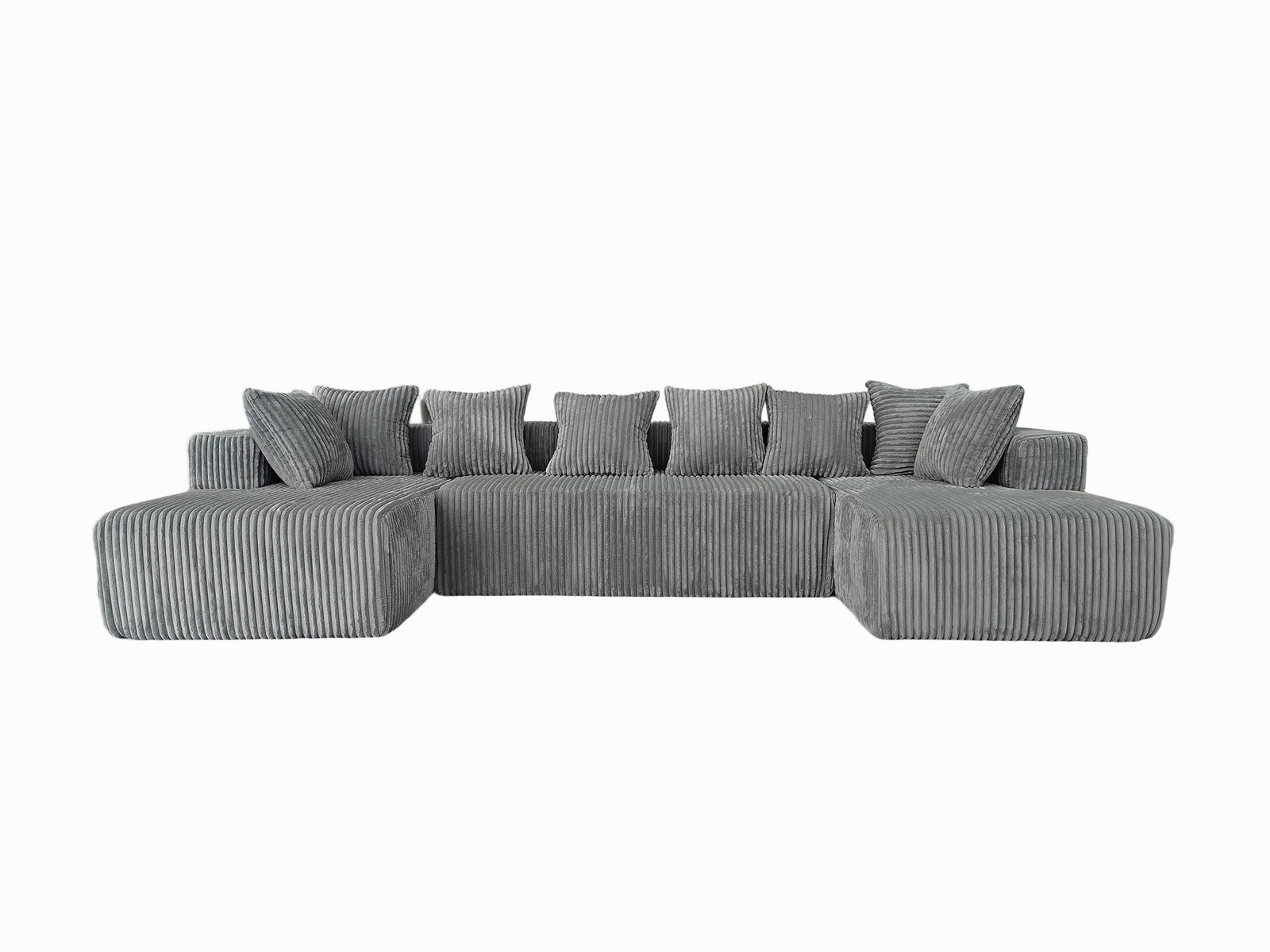
Struggling to fit both a bed and a sofa in a small room? You’re not alone.
Yes—compression sofas can be used as beds. Their dual-function design allows them to convert into sleeping surfaces that are comfortable, supportive, and perfect for small spaces.
If you're considering investing in a sofa that can double as a bed—whether for guests, a studio apartment, or a flexible office space—compression sofas might be the smartest piece of furniture you'll ever buy. Let’s break down their practicality, comfort, materials, and value for use as a bed.
What is a compression sofa and how does it work?
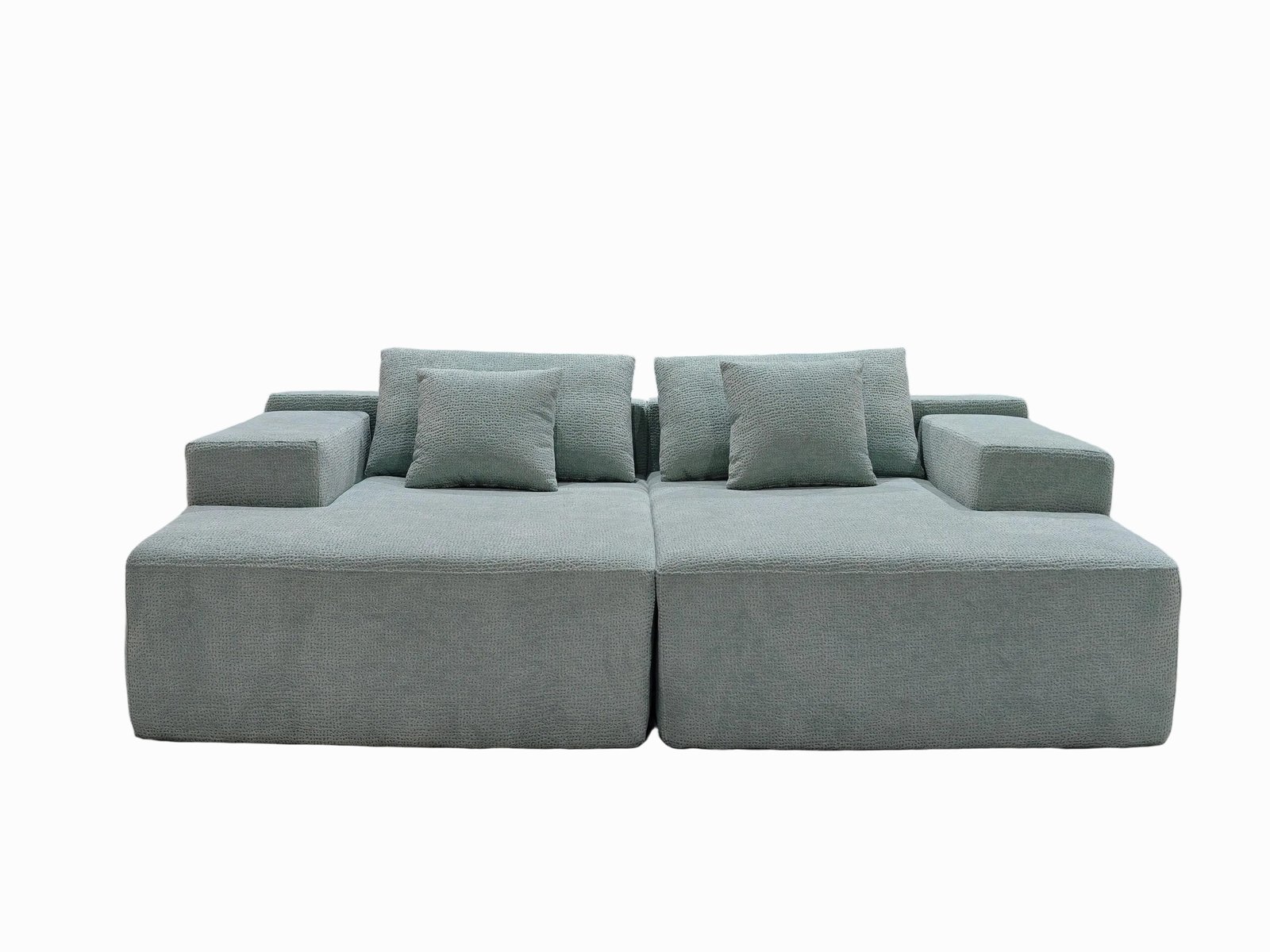
Not all sofas are made equal. Some just sit there—others transform.
A compression sofa is a space-saving, dual-purpose piece of furniture designed to be compressed and expanded—converting from a sofa into a bed.
This type of sofa usually comes vacuum-packed for shipping and expands after unpacking. But beyond that, many models also convert mechanically or manually into sleeping beds. The mechanisms vary:
- Fold-out frames: pull the bed out from beneath the seat
- Flip-back designs: flatten the backrest to create a bed
- Modular layouts: combine cushions into a mattress surface
These systems make compression sofas more than just "emergency beds"—they're real sleep solutions.
Is it actually comfortable to sleep on?

A good nap is one thing—full overnight comfort is another.
High-quality compression sofas use memory foam, pocket coils, or high-resilience foam to provide comfort and support similar to regular beds.
Comfort depends on the model, but here’s how most stack up:
Comfort Breakdown:
| Feature | Compression Sofa Bed | Traditional Mattress |
|---|---|---|
| Cushioning | 5–12 cm foam or hybrid foam | 15–30 cm springs/foam |
| Support | Medium-firm support | Varies by type |
| Comfort Duration | Good for 1–3 nights per week | Designed for daily use |
Modern versions from brands like HSM offer firm, even surfaces that support spinal alignment. They're especially great for:
- Guest rooms
- Multi-use rooms
- Rental units or Airbnbs
- Short-term sleeping setups
How supportive are they for nightly sleep?
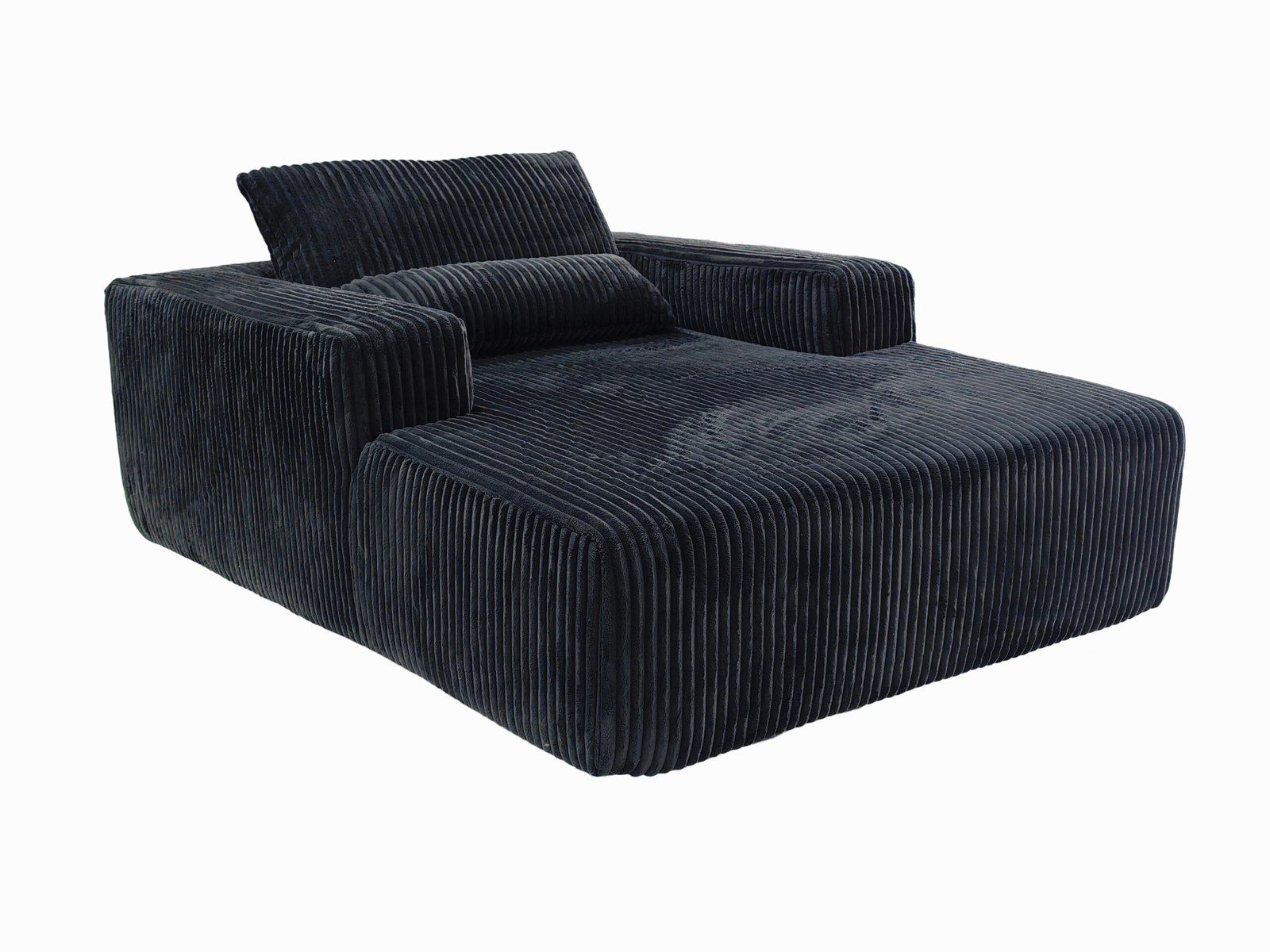
Soft beds can feel nice—until your back starts complaining.
Compression sofas with dense foam or hybrid mattresses offer stable spinal support that helps prevent aches, even after multiple nights.
At HSM, we prioritize ergonomic support in every sofa-bed model. Our core designs include:
- 30–35 density kg/m³ foam
- Medium-firm layers for back support
- Optional add-on toppers for extra comfort
This gives users a level of firmness similar to hotel mattresses—making the sofa a legit alternative to a guest bed.
What materials make them durable enough for sleeping?
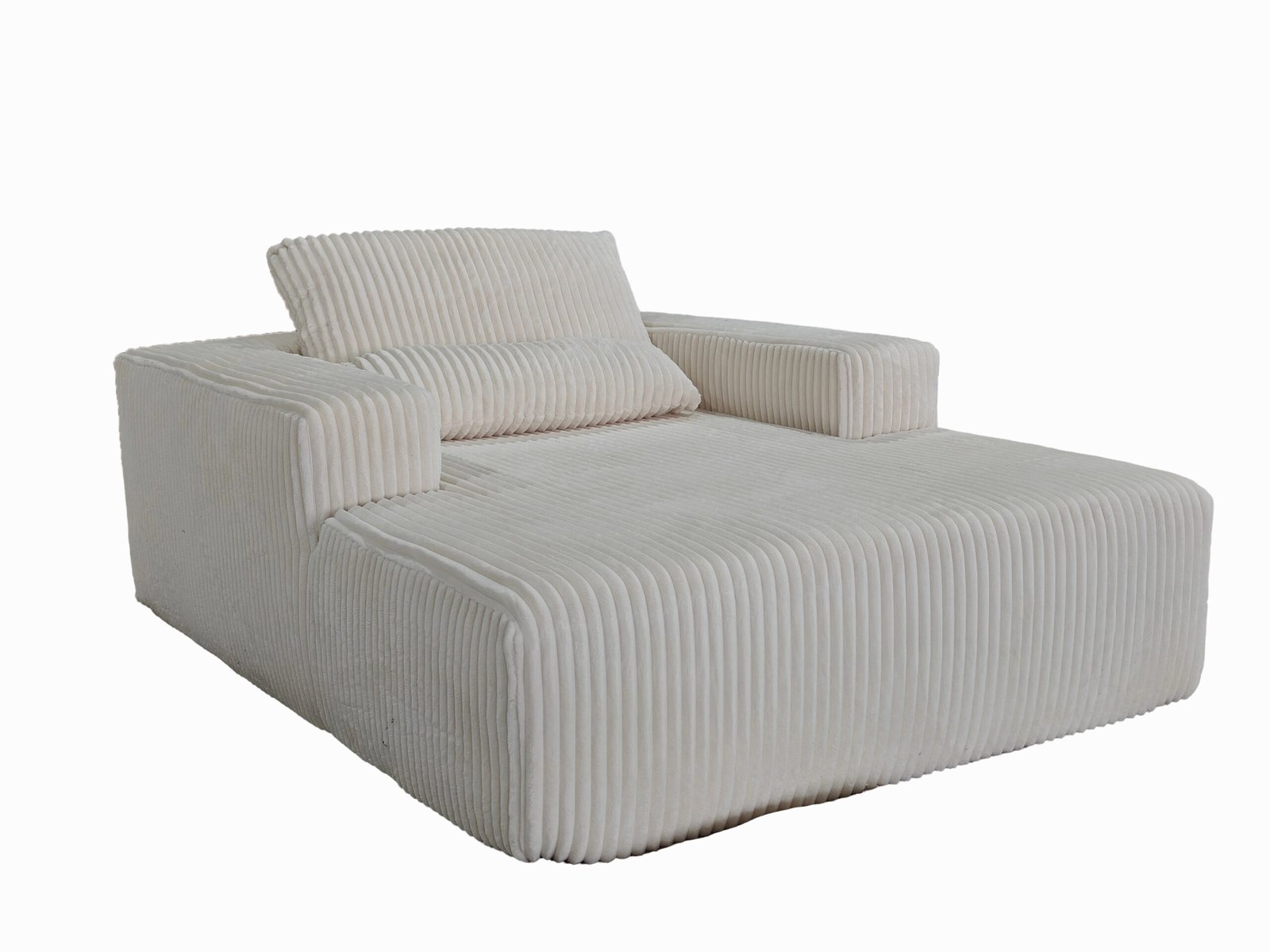
Using the wrong materials means sagging cushions and noisy frames after just a few uses.
Compression sofas built with hardwood or metal frames, high-resilience foam, and tight-weave fabrics are ideal for long-term, dual-purpose use.
Material Comparison Table:
| Component | Ideal Option | Why It Works |
|---|---|---|
| Frame | Steel or kiln-dried hardwood | Prevents bending or creaking |
| Mattress | HR foam or memory foam (≥10cm) | Bounces back, relieves pressure |
| Upholstery | Polyester, microfiber, faux leather | Easy to clean, wear-resistant |
The quality of construction is what makes the difference between a “guest emergency sofa” and a real dual-use piece.
Is it easy to transform into a bed?

You don’t want to fight your furniture at midnight.
Most compression sofas can be converted into a bed in under 30 seconds, using simple fold-out, flip, or slide mechanisms.
At HSM, our bestsellers feature:
- One-step fold-down backs
- Pull-out trundle-style platforms
- Click-clack systems for quick recline
This ease of use makes them perfect for people who need to switch between modes quickly—especially in rental or shared spaces.
How does it compare to a real bed, cost-wise?
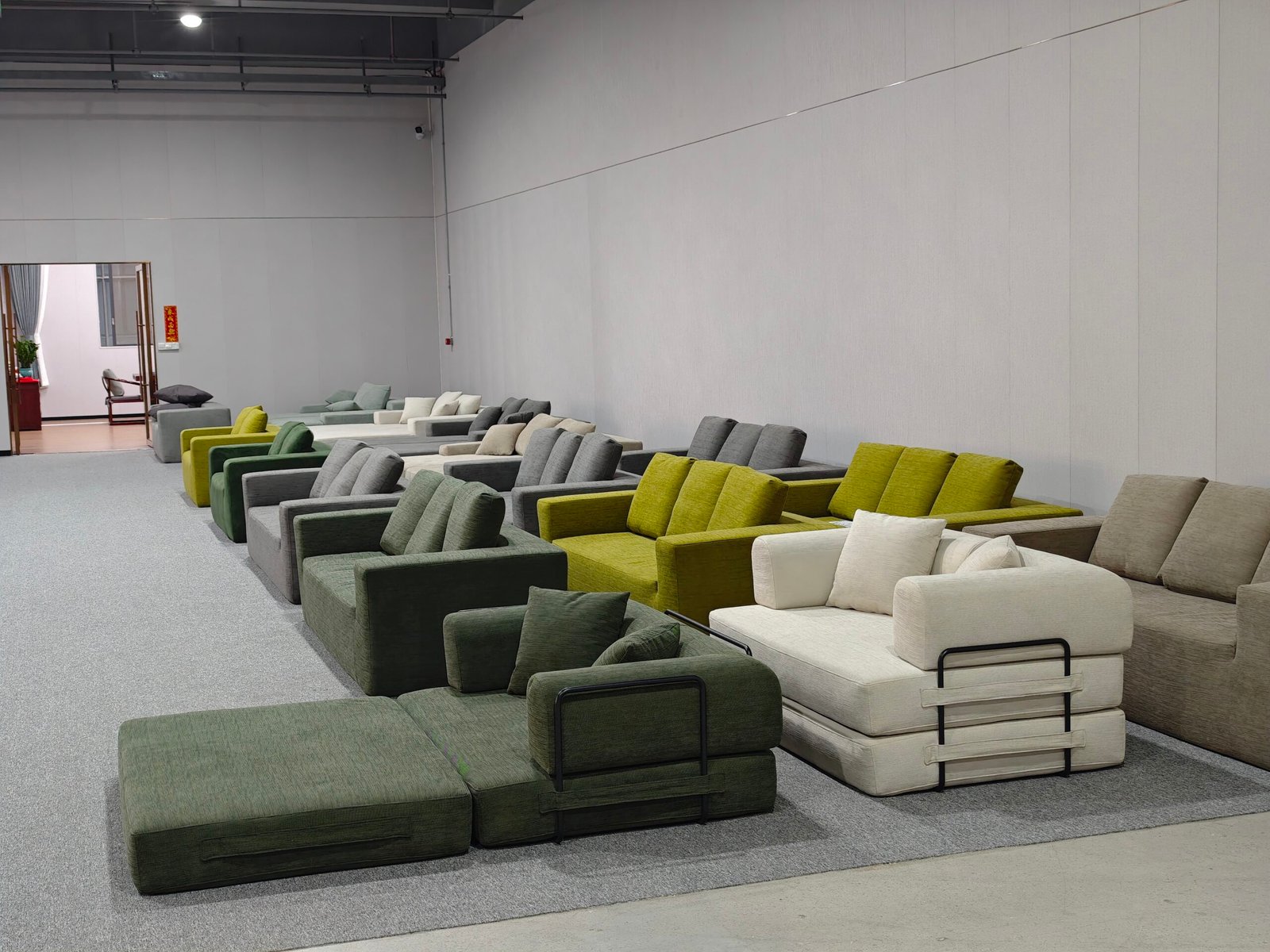
A bed plus a sofa costs more—and takes more space.
Compression sofas typically cost 30–50% less than buying a separate bed and sofa, and they save significant space and shipping costs.
Example Price Comparison:
| Furniture Setup | Approx. Cost | Space Required |
|---|---|---|
| Compression Sofa Bed | $450–$800 USD | 1 unit |
| Regular Sofa + Bed | $700–$1,200 USD | 2 units |
And don’t forget: compression sofas also reduce delivery fees and assembly time.
What do users say?
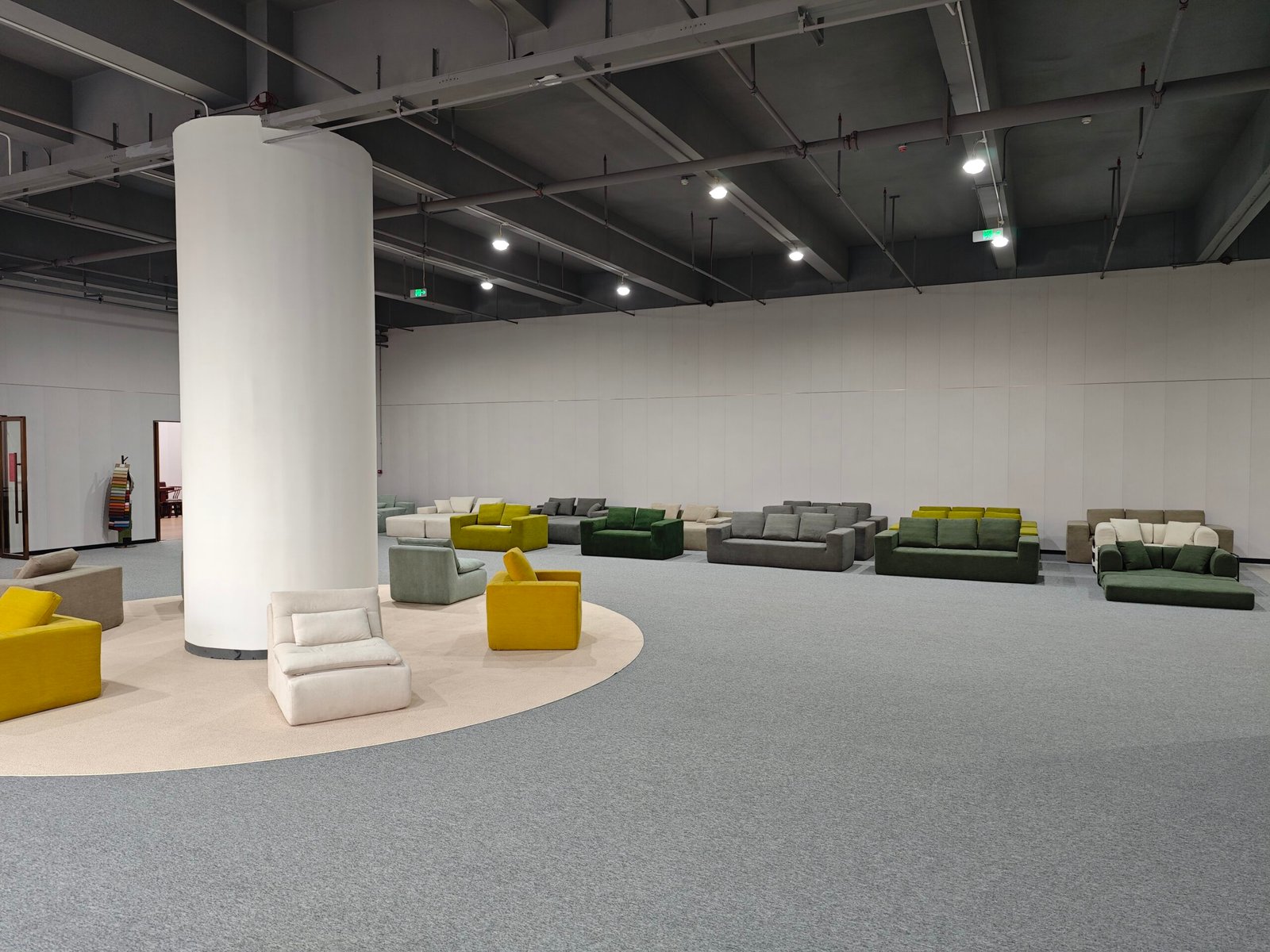
It’s one thing for a brand to say it’s comfy—another for real users to back it up.
Most users praise compression sofas for their ease of use, surprising comfort, and space-saving perks, especially in smaller homes.
Common positive feedback:
- “Easy to convert—my guests love it.”
- “Didn’t expect it to be this comfy.”
- “Saved me space and money.”
Some common critiques include:
- Slightly firmer than a regular bed
- Best with an extra topper for long-term use
At HSM, we use this feedback to continuously upgrade foam quality, fabric durability, and user instructions.
Conclusion
A compression sofa can absolutely be used as a bed—and with the right model, it’s a comfortable, durable, and space-saving alternative to traditional sleeping setups.